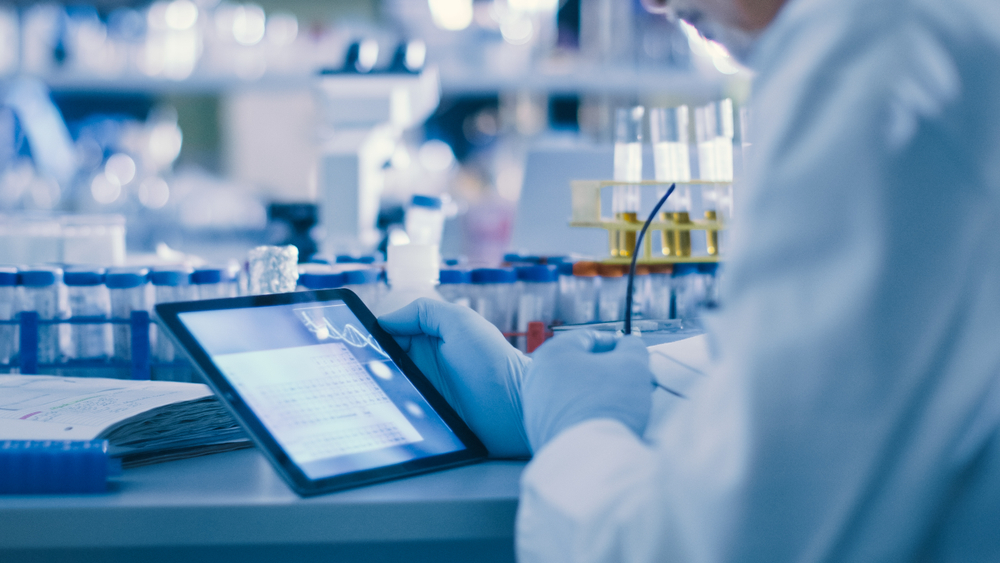Most pharma R&D organisations are defined and measured by how well they deliver new product innovation, which is often a high risk, high return endeavour. Yet such companies almost always have a second, highly important and sometimes underappreciated role: creating value from on-market products. Some companies even avoid new product innovation entirely, but still have R&D organisations that are excellent at adding value to their own or others’ on-market products.
On-market product R&D activities include the lifecycle management of products including new indications, new geographic registrations, new combinations, improved formulations, and improved drug delivery. These activities can create tremendous value for organisations, as can the essential R&D activities involved in maintaining mature brand registrations.
European MidPharmas, defined as having revenue of between €100 million and €6 billion, illustrate the dual role that R&D has in the pharmaceutical industry. Every year, our company, Novasecta, ranks the performance of these companies based on their revenue, measured as compound annual growth rate, absolute revenue, and the EBIT margin. Notably, the top R&D performers diverge significantly in how much they invest in R&D as a proportion of revenue, from 3% to 49%. Those with a low R&D percentage of revenue are strong at on-market product R&D, while others invest much more in R&D, adding new product innovation to on-market product innovation.
Novasecta’s 2022 Performance Ranking of European MidPharmas
Lower investment in R&D is often associated with a focus on incremental innovation or lifecycle management. Some firms are successful with this approach, such as Hikma, Rovi, and Octapharma. Others find success through investing more heavily in R&D, which is to say, investing in both new product innovation and lifecycle management. Examples of these companies are UCB, Chiesi, and Ipsen. All top-performing firms understand that the R&D effort to expand an on-market portfolio provides significant value for their businesses.
Of the top performers that invest less in R&D, Hikma, which spends 6% of revenue on R&D, has a clear focus on lifecycle management. Hikma generates most of its sales from injectable, branded, and unbranded generics. Hikma is no slouch when it comes to lifecycle management. In 2021 alone it submitted 93 filings to regulatory authorities for injectable generics, five for non-injectable and unbranded generics, and 144 for branded generics. This activity led to 172 product launches. Hikma has a clear purpose and understands the value of lifecycle management.
Octapharma also has a relatively low R&D investment, at 3% of revenue, compared with its top performing peers. Octapharma manufactures human proteins from plasma and cell lines, with investment in R&D generating European approvals for the new products nuwiq, panzyga, and fibryga in 2014, 2016, and 2017, respectively. Since then, much of its R&D has been focused on lifecycle management. Panzyga currently has five clinical trials registered on clinicaltrials.gov; fibryga extended into a new indication in 2019; and octagam 10% received FDA approval in 2021 for the rare disease dermatomyositis. Octapharma understands the value of indication expansion, and has made efforts to do so with both old and new products.
Rovi, which spent 4% of revenue on R&D in 2021, invests in novel technology. Its business model is built on finding new ways to create value from on-market products. This has included investing in a proprietary ISM drug-release technology. It also invests in lifecycle management through geographic expansion for its Enoxaparin biosimilar.
Ipsen sits at the top of the MidPharma performance ranking for 2022, generating revenue across several therapeutic areas. Notably, Somatuline, Decapeptyl, and Dysport are Ipsen’s highest revenue products, together generating over €2 billion in 2021, despite all being first launched over 25 years ago. Somatuline is an excellent example of the value of lifecycle management, with multiple new formulations and delivery system improvements since its original launch in 1995. Ipsen’s decision to develop it for the US market and then use this to initiate own-commercialisation in this market is still delivering significant growth and value to the company.
Decapeptyl, first launched in 1986, has since undergone a series of clinical trials to find new indications, and is currently experiencing growth in China. Dysport was acquired in 1994, and received multiple new FDA approvals between 2015-2019 to enter upper and lower limb spasticity in adults and children. Ipsen’s excellent lifecycle management has formed the foundation of a sizeable and profitable business.
UCB is another top performer with a high R&D investment of 28% of revenue and a focus on severe diseases, generating most of its revenue from neurology and immunology. It demonstrates the value of new product innovation coupled with great on-market portfolio expansion. In 2021, clinical trials for UCB’s three most advanced pipeline assets covered nine indications across immunology and neurology, with positive results for six Phase 3 studies across four indications for these assets. This approach, along with the continued launch of marketed drugs into new indications and patient populations, such as in Japan and China, indicate that UCB appreciates that lifecycle management should begin before launch and continue well afterwards.
Chiesi invests 20% of its revenue on R&D. It has a broad portfolio of products, with the highest sales coming from respiratory disease, including neonatology, where more than three quarters of R&D investment goes. Over 80% of its revenue is generated from products developed internally, and much of this success can be attributed to a commitment to excellent lifecycle management. In 1979, Chiesi launched beclomethasone for asthma. Then in 2006 it launched a beclomethasone/formoterol fixed combination to treat asthma, and later for the treatment of COPD. This was followed by the launch of a beclomethasone/formoterol/glycopyrronium fixed combination in 2017, the first extra-fine formulation fixed triple combination therapy in a single inhaler approved in the world to treat COPD. This excellent lifecycle management has enabled Chiesi to sustain a commitment to more risky new product innovation.
The top-performing European MidPharmas demonstrate the value of R&D in creating value from on-market products, particularly in lifecycle management. This is the foundation for successful corporate performance, and many successful companies apply all their R&D efforts to this end. Success in this area also provides the profit margins that enable companies to additionally invest in new product innovation.
This article was originally written for MedNous. For further insights into medical innovation in Europe, sign up to MedNous now.
© 2023 Evernow Publishing Ltd
Reprinted with permission from MedNous, February 2023 (www.mednous.com)
For further insights into Europe’s MidPharmas, we examine this microcosm of the global industry and analyse how these companies thrive in our latest European MidPharma Report.



